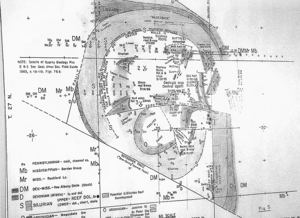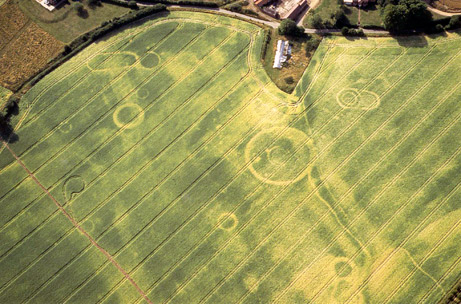OF THE
TIMES


"My reasons for taking this less-traveled road were many. One is the inevitable thrill of discovery when you wander into new areas. More importantly, you also avoid the danger of being too comfortable in too narrow a niche. I truly believe the sayings that there is no hope for the satisfied man and that without fear there is no learning. Entering a new field with a degree in another is not unlike Lewis and Clark walking into the camp of the Mandans. You are not one of them. They distrust you. Your degree means nothing and your name is not recognized. You have to learn it all from scratch, earn their respect, and learn a lot on your own. But I also think that many of the most significant discoveries in science will be found not in but between the rigid boundaries of the disciplines: the terra incognita where much remains to be learned. It's not a place that's hidebound by practice and ritual. I have always tried to keep moving between fields of study."
- Jack
